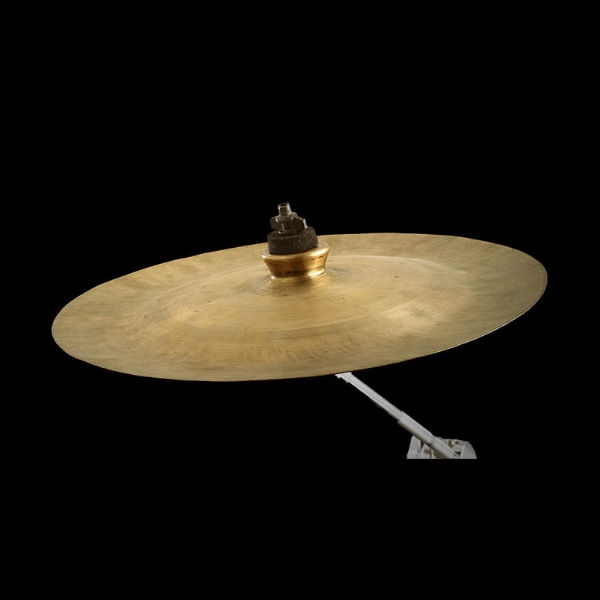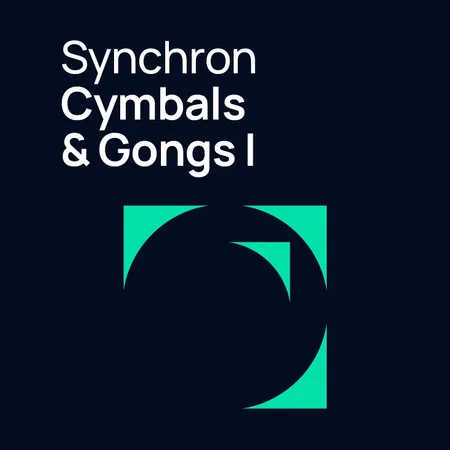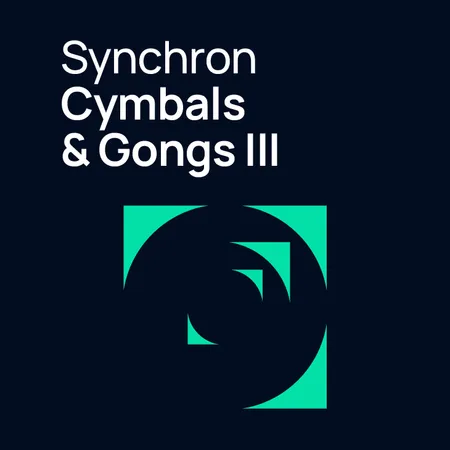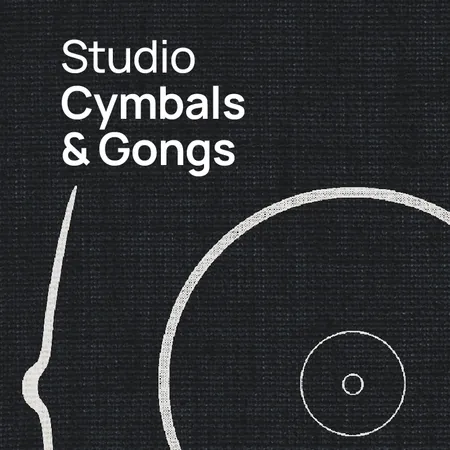
Name: Suspended cymbal, cymbal
Spelling
German: Türkisches Hängebecken
French: cymbale suspendue
Italian: piatto sospeso
Name: Chinese cymbal
Spelling
German: chinesisches Hängebecken
French: cymbale chinoise
Italian: piatto cinese
Classification: Percussion instrument, idiophone with indefinite pitch
Diameter: Turkish cymbal: approx. 6"–22" (15–56 cm); Chinese cymbal: approx. 8"–22" (20–56 cm)
Thickness: 1–2 mm
Weight: Turkish cymbal: approx. 100–2500 g; Chinese cymbal: approx. 100–2000g
Material: Brass wire, sheet brass, nickel silver, bronze alloys
Sticks: Material: wrapped in yarn, cord or fabric; rubber, felt, wood
Stands with suspension fittings
Cymbals are played in two ways: as a struck idiophone (suspended cymbal) and as a concussion (clashed) idiophone (cymbal a due, hi-hat mechanism).
The cymbals dealt with here, the Turkish and the Chinese, are two distinct instruments, each having their own origin, history, construction and sound characteristics.
The Turkish cymbal originated in the Middle East. It was brought to Europe during the Turkish Wars and has been in widespread use in opera and symphony orchestras since the 17th / 18th century. Initially it was used only to create an exotic flair, but from the Romantic period it was given more important tasks to perform in the orchestra. Its powerful sound can rise above the entire orchestra, and it is used especially to create tension and accentuate musical climaxes.
The Turkish cymbal is also used in jazz, pop and rock music for special effects and accents (splash and crash cymbal) or rhythmic tasks (ride cymbal).
The Chinese cymbal comes from the Far East. Like its Turkish counterpart it arrived in Europe in the 17th / 18th century via the Turkish Wars, but it is only since the 19th century that it has been commonly used, firstly in marching bands (as a pair of cymbals clashed against each other) and later mounted on a holder to produce special effects in jazz, pop and rock music. Since the 20th century the Chinese cymbal has sometimes also been used in modern chamber music and the symphony orchestra.
The term cymbal (also zymbel or zimbel), which originally described every cymbal-like instrument, is derived from the Latin cymbalum and the Greek kýmbalon (cup).
Discover our Suspended cymbals
The name cymbal (also cimbel or cymbel) comes from the Latin cymbalum (plural cymbala for a pair of cymbals) which in turn derives from the Greek kýmbalon (cup).
Cymbals originated in Asia and are among the oldest percussion instruments. They have always been closely associated with religious worship and rituals (e.g. funeral rites), although they were also used to accompany dances; dancers hung cymbals around their necks on a piece of twine and beat them in time to the music. Cymbals were only ever used in pairs and the playing techniques included single strokes, strisciatti (rotating both plates against each other) and rolls.
A wide variety of cymbals was already in existence in antiquity:
- a large pair of cymbals with a construction that strongly resembled today's;
- dancers' small cymbals that were played like castanets (finger cymbals);
- plates with a slight upward curve of the rim and a pot-shaped dome (Chinese cymbal);
- two hemispheres with leather straps or handles.
Cymbals were first introduced into Europe in the Middle Ages by the Saracens, who brought them to Spain and southern Italy. However, at the beginning of the last millennium they disappeared again, probably because the art of hammering had been lost. Despite this, portrayals of cymbals can be found in medieval miniatures up to about the 15th century.
It was not until the 17th century that cymbals returned to Europe, in the wake of the Turkish wars. Turkey had long been famed for the excellence of its cymbal manufacture. The music spread by Turkish military bands (Janissary music) was characterized by noisy and rhythmic instruments such as the bass drum, the side drum, cymbals, the triangle, the tambourine and the bell-tree. European military bands began imitating Janissary music at the beginning of the 18th century.
It was not long before Turkish cymbals began to be scored – albeit very rarely – in the opera orchestra. Christoph Willibald Gluck asked for them in his opera Iphigénie en Tauride (1779), specifically in the Scythians' chorus in Act 1 (cymbals, triangle, side drum). The best-known example of an early use of cymbals is probably Wolfgang Amadeus Mozart's Turkish opera from 1782, The Abduction from the Seraglio (cymbals, triangle, bass drum).
It was in the second third of the 19th century that the cymbals finally established themselves as a permanent part of the percussion section. They were used very effectively by Ludwig van Beethoven (in his 9th Symphony), Georges Bizet (in Carmen), Franz Liszt and Richard Wagner among others.
The tonal and dynamic nuances of Turkish cymbals led to their increasing popularity in the course of the 19th century. To begin with one of the plates of a pair was simply suspended from a desk hook, but this is no longer done for reasons of tone quality. Moreover, high-quality pairs of cymbals are valuable and care should be taken not to damage them by striking them with sticks made of wood or other materials.
The Chinese cymbal did not achieve popularity until the 19th century, when marching bands discovered the virtues of its sound. Two cymbals were clashed against each other. The instrument is used only very rarely in the orchestra. In the 20th century it found its way into jazz, pop and rock music and from time to time it is also used in modern chamber and orchestral music.
The modern Turkish cymbal is a round, slightly conical plate with a raised dome in the center. In the middle of the dome is a small aperture which enables the cymbal to be hung on a holder. The rim is smooth.
For reasons of tone cymbals are generally thicker in the center than at the rim.
To produce the best possible tone the plate is hammered with special hammers before it leaves the factory. This procedure requires great care and skill because it is very easy to damage the instrument. It is this technique that gives cymbals their typical dented appearance.
Cymbals are made using brass wire, sheet brass, nickel silver, Neubronze or bronze alloys. Just as the type of hammering employed varies from manufacturer to manufacturer, the composition of the alloy used is also a jealously guarded trade secret. One possible alloy used by the famous Turkish cymbal manufacturers Zildjian (Armenian for “cymbal maker”) is four parts copper, one part pewter and a quantity of silver.
There is no difference between the cymbals used in the symphony orchestra and those found in popular music.
The Chinese cymbal has a dome in the form of a pot and the rim has a slight upward curve. It, too, is suspended and only very rarely is it held in the hand.
Shaft length: approx. 30 – 35 cm.
Head diameter: 2.3 – 4 cm.
Material: wrapped in yarn, cord or fabric; rubber, felt, wood.
Suspended cymbals are most often struck with yarn-wrapped sticks (harder) and felt timpani mallets (softer). There is a huge range of sticks and mallets, from extra hard to extra soft, so a wide variety of effects can be achieved. Very occasionally drumsticks, triangle beaters, brushes and cello or double-bass bows are used.
It is usually the percussionist who decides which stick to use and his decision depends on the requirements of the piece, taking into account orchestration and volume.
SoftTimpani mallets and soft sticks are suitable mainly for quiet entries with the brass, because the strike is not so prominent, which is more conducive to the overall sound. Soft mallets are also used for piano rolls because less attack is produced and the single strokes merge more readily to an unbroken sound. Hard
Yarn-wrapped sticks and wood mallets are preferred for fortissimo single strokes and for striking simultaneously with the single strokes of other percussion instruments such as the side drum, castanets etc. Hard sticks are also used for quiet single strokes, however, so that members of the audience who are sitting a long way away can hear the sound of the strike as well.
When playing a roll hard sticks are less capable of producing a continuous tone; on the other hand, they produce a higher volume. A merging of notes is perfectly possible with hard sticks at high volume, too.
MetalSpecial effects can be achieved with metal mallets. The sound becomes very metallic and harsh (with thick metal mallets). Brush
If the cymbal is struck with a brush the sound is very quiet, still metallic, but never harsh. Cello or double-bass bow
Playing with a double-bass bow is an important effect. The sound varies according to the cymbal, the volume and the amount of pressure exerted on the cymbal by the bow and ranges from a definite note to a shrill cluster.
In principle the same types of stick are used for the Chinese cymbal as for the Turkish cymbal. However, the dynamic range of the former is not so large which means that fewer nuances are possible.
As a rule notation for the suspended cymbal is written on a single line. Other notation possibilities are:
- together with the bass drum on the staff with no clef;
- together with the bass drum and other percussion instruments (triangle, tom-tom) on the staff with no clef
The score must always make it clear whether the composer requires a pair of cymbals, or suspended (Turkish or Chinese) cymbals. The decay time should also be indicated.
In jazz, rock and pop music suspended cymbals of all kinds are always notated together with the bass drum, snare drum, tom-toms etc. in a special clef.
The cymbal is both vibration generator and resonator.
The musician strikes the suspended cymbal with a stick, causing mainly the rim to vibrate and it is this that produces sound. The center remains motionless. It is for this reason that the instrument is struck on the rim and hung from the center. The cymbal's inherent elasticity allows the vibrations to develop and produce the reverberation (sustain), the duration of which is determined by the force and point of impact, the alloy, the thickness and the size of the plate.
The stick is removed from the cymbal immediately after striking it to prevent a second impact on the rebound and the buzzing noise or damping of the tone that could result. The percussionist lets the note reverberate for as long as required in the score before damping the cymbal with his hand. Alternatively he may allow the sound to die out naturally.
The pitch of the cymbal is determined by the alloy and the weight. Larger plates sound lower than smaller ones. Heavier plates sound lower than lighter ones of the same diameter.
Because a struck cymbal produces a large number of inharmonic partials a metallic, noise-like sound results which is also harsh if the oscillation frequency is high. The pitch is indefinite (or cannot easily be determined) and has the character of noise.
Because the struck cymbal produces a large number of inharmonic partials a metallic, dark, exotic, dull, noise-like sound results which is never bright. The pitch is mostly indefinite (or cannot easily be determined).
Chinese cymbals are occasionally also played as a pair.
The cymbal is struck with one stick.
The sustain of notated whole notes or tied notes is not usually damped. If eighth, quarter or half notes are written without a tie the cymbal is damped with the hand as indicated by the note value.
In jazz, rock and pop music the cymbals are often not damped because there is no time to do so.
The vibrating cymbal is stopped by the percussionist's hand immediately after it has been struck. This means that the sound cannot develop fully, which results in a very dry, metallic sound.
The cymbal is struck with two sticks of the same type so quickly that there is no audible separation between the notes. The merging of many notes into one continuous note is easiest to achieve with soft sticks (timpani mallets), but sticks made of other materials such as wood are also used to produce a particular sound.
The rim of the cymbal is bowed by a cello bow, or preferably a double-bass bow. The cymbal must be held firmly at the dome to stop it moving up and down with the bow. This technique can only be performed relatively quietly (mf).
Occasionally a suspended cymbal will contain rivets (sizzles) driven into holes in the plate. If the vibrations are not damped the resulting sound has a very long sustain and “sizzles”. This technique is used particularly in jazz.
A similar effect can be achieved using a string of small beads draped over the plate from the center. This method offers more flexibility, since it is not necessary to have a special cymbal with rivets, and the string of beads can be removed again very quickly.
Another way of achieving a “sizzle” is to place a thin steel needle on the cymbal.
Playing with brushes is a technique found especially in jazz, although it is also required in some modern orchestra literature. Single strokes, repetitions and rolls are possible with brushes.
Repetitions with and without accents are possible up to roll speed.
From time to time a bell-like sound is desired which can be achieved by striking the suspended cymbal on the dome (only on the Turkish cymbal), usually with a drumstick.
Very occasionally the percussionist is required to strike the cymbal from the side, i.e. on the rim. The sound depends very much on the type of stick used, but is usually dull and hollow.
Sometimes the cymbal is struck with the hand or the fingernail. This technique is only used in chamber music ensembles, however, due to the low dynamic levels. Striking the plate with the hand or the finger produces a soft sound, whereas the fingernail produces a harder one.
Bright, metallic, glistening, piercing, harsh, shrill, lustrous, soughing, metallic, undulating, sizzling, buzzing, full, resonant.
The Turkish cymbal has no difficulty rising above the sound of an entire orchestra. It is for this reason that it is used mostly for musical high points or build-ups. On the other hand it can also appear in very quiet passages to create a particular mood (e.g. the soft roll in Wagner's Rheingold, to symbolize the shimmer of gold).
The sound characteristics vary enormously depending on the stick, but the sounds of the Turkish and Chinese cymbals are so distinct that one can never be mistaken for the other.
Dark, dry, metallic, exotic, dull, Chinese (-;
In the orchestra and in chamber music the Chinese cymbal has the task of adding color, because it cannot assert itself so easily against a whole orchestra.
The strike is distinctly audible but the sustain is only short. For this reason the instrument is used mainly in chamber music and in jazz, rock and pop to provide accents. In addition, the dynamic possibilities are very limited, so the range of uses is correspondingly narrow.
The sound characteristics vary enormously depending on the stick, but the sounds of the Turkish and Chinese cymbals are so distinct that one can never be mistaken for the other.
The suspended cymbal is an extremely versatile instrument, and it is this versatility and its much wider range of possible sounds that distinguishes it from a pair of cymbals. On the other hand, a suspended cymbal cannot attain the power and fullness of sound of a fortissimo crash on a pair.
The Turkish suspended cymbal can perform a wider palette of tasks than its Chinese counterpart:
This is due on the one hand to its enormous dynamic range and on the other to the almost unlimited scope of possible sounds produced by the variety of different sticks and mallets that can be used and the various striking points on the plate. It is for this reason that the Turkish cymbal is used considerably more often than the Chinese one.
The Turkish suspended cymbal is used chiefly to add a particular timbre to the overall sound of the orchestra or to provide accents. The instrument's sound is very conspicuous and should therefore be used with care.
A good blend of percussion instruments is achieved especially by those with a bright and penetrating sound such as the triangle, tambourine, bells, jingle bells and castanets.
The combination with the bass drum and other lower percussion instruments (timpani, tom-tom etc.) produces a different, very particular and effective composite timbre.
Trumpets and trombones combine especially well with the cymbal and the timbre becomes more penetrating.
The Chinese suspended cymbal is always distinctly audible. Because its exotic timbre is only rarely used in the orchestra it is often felt to be outlandish. For this reason it should always be used with great care.
The Chinese suspended cymbal achieves its best blend with the tom-tom, but combinations with other percussion instruments such as the bass drum, side drum, Turkish suspended cymbal and gongs are also possible.
- Darius Milhaud
- Concerto for percussion and small orchestra
Richard Wagner
- Rheingold (1869)
Gustav Mahler
- Symphonies no. 1, 3, 5
Claude Debussy
- Jeux (1913)
Carl Orff
- Antigonae (1949)
Béla Bartók
- Sonata for two pianos and percussion (1938)
Edgar Varèse
- Ionisation (1931)
- Darius Milhaud
- Concerto for percussion and small orchestra
- Olivier Messiaen
- Turangalîla (1949)
Edgar Varèse
- Ionisation (1931)
John Cage
- First Construction (in metal) (1939)
On this page
- History
- Antiquity
- From the Orient to Europe
- Turkish cymbal
- Chinese cymbal
- Construction
- Turkish cymbal
- Chinese cymbal
- Sticks and mallets
- Turkish cymbal
- Chinese cymbal
- Notation
- Sound production
- Turkish cymbal
- Chinese cymbal
- Playing Techniques
- Single stroke
- Secco
- Rolls
- Bowed
- Sizzles/beads/needles
- Wire brushes
- Repetitions
- Dome stroke
- Rim stroke
- Hand/fingernail
- Chinese – single stroke
- Sound characteristics
- Turkish cymbal
- Chinese cymbal
- A comparison between the Turkish suspended cymbal and a pair of cymbals
- A comparison between the Turkish and the Chinese suspended cymbals
- Sound combinations
- Turkish cymbal
- Chinese cymbal
- Repertoire (selection)
- Turkish cymbal
- Chinese cymbal




